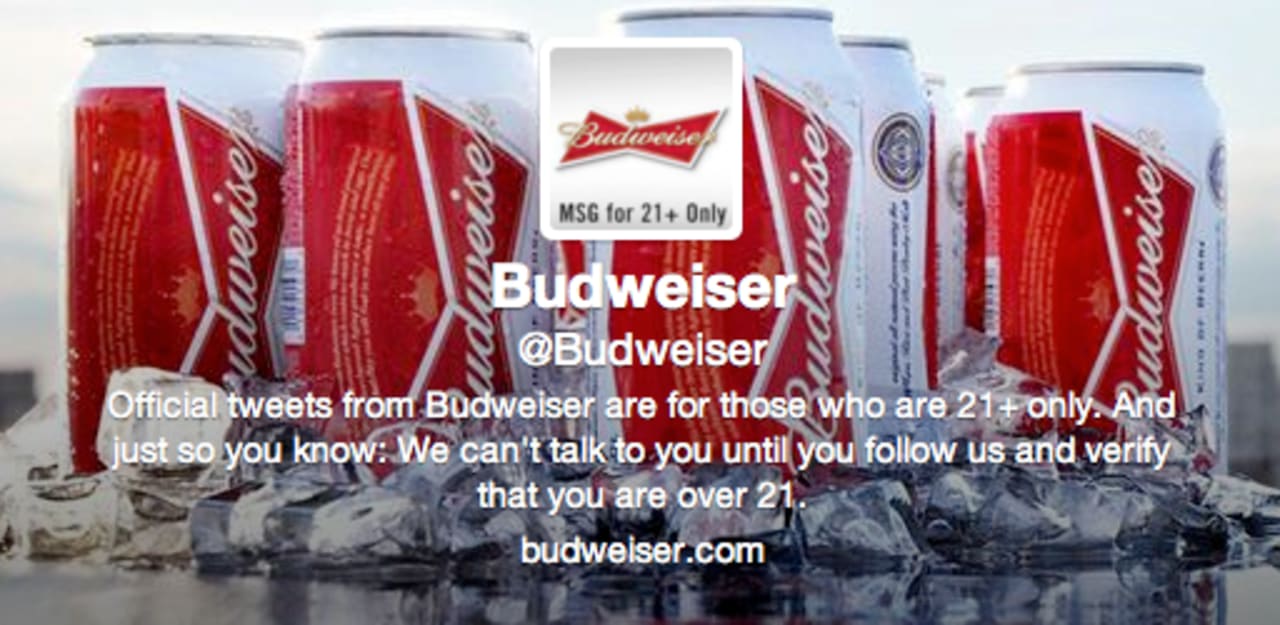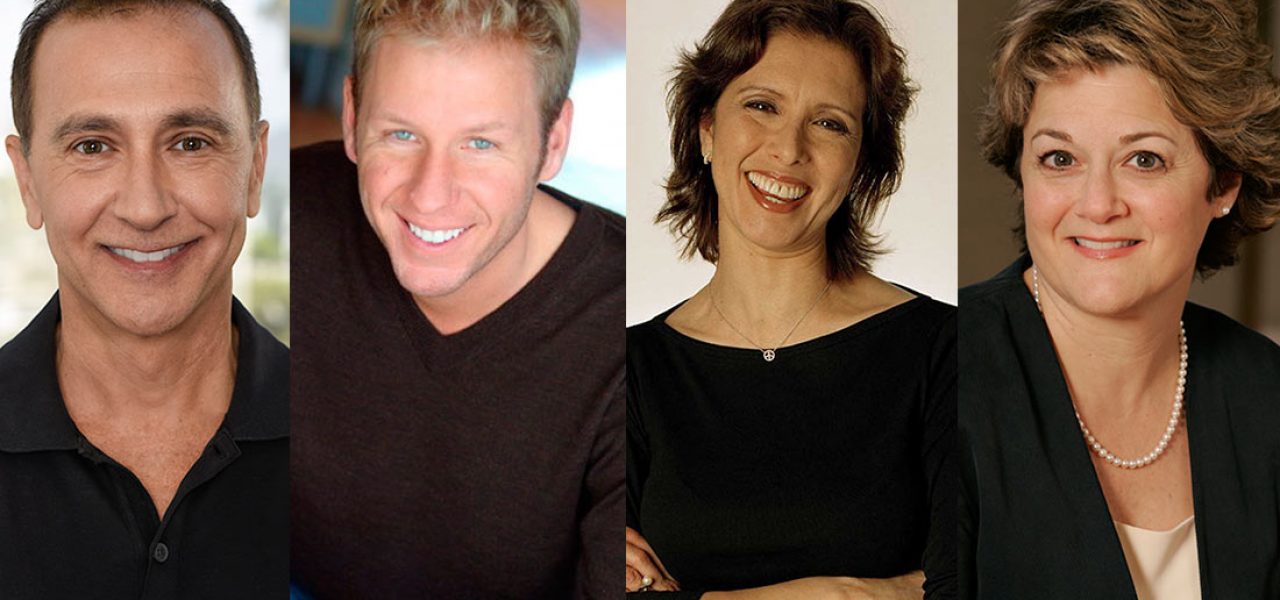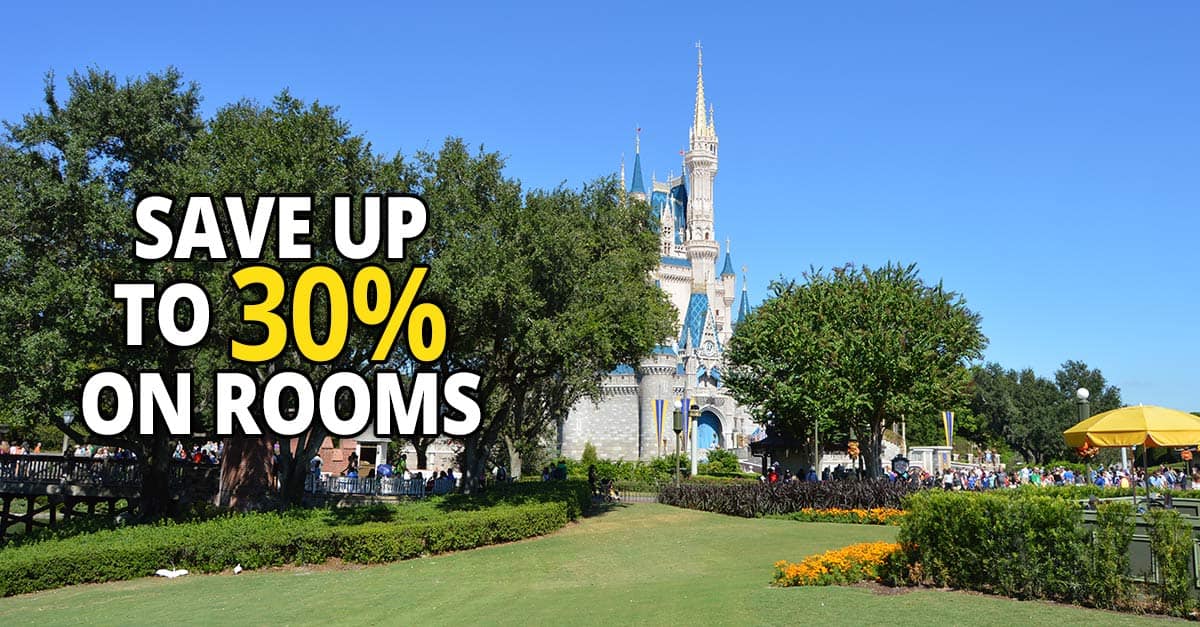
How many studios does Sega own?
Who owns Sega right now? After realizing that Nintendo actually does not own Sega we can now get into who officially owns Sega at the moment. Martin Bromley and Richard Stewart are the masterminds behind the creation of Sega. It was founded in 1960 on the 3rd of June.
Who is Sega owned by?
Feb 29, 2020 · The company is a subsidiary of Sega Holdings Co., Ltd., which is part of Sega Sammy Holdings. The name “Sega” is a portmanteau of “Service Games”. Sega’s association with Nintendo goes back to 1976, when Sega introduced Wild Gunman and Shooting Trainer to North American players. Secondly, is Sega owned by Sony?
Was Sega bought by Nintendo?
Jul 20, 2015 · Which corporation owns the most companies? disney or universal, disney owns EVERYBODY, even sega or nintendo, but nintendo and sega must of kicked disney’s a**.
Is Sega publicly traded?
Sega was founded on June 3, 1960 by American businessman Martin Bromley. The company started to distribute slot machines to U.S. bases in Japan. During the 1960s, Service Games was renamed to Sega Enterprises Ltd. Sega Enterprises sold their first product, the electro-mechanical game called Periscope which became a worldwide hit. In 1969, Sega Enterprises was acquired …
See more
115 rows · While this series did not begin with Sega as either a developer or a publisher, Sega did publish later games in the series. The same applies to franchises owned by Atlus which Sega acquired in 2013 or the intellectual properties of Technosoft acquired in 2016.

Is Sega still owned by Nintendo?
Is Sega owned by Sony?
Is Sega owned by anyone?
…
Sega.
| Logo since 1976 | |
|---|---|
| Headquarters in Tokyo, Japan | |
| Owner | Sega Sammy Holdings |
| Number of employees | 3,238 (2020) |
| Parent | Sega Group Corporation |
Who bought Sega company?
Who is Sonic the Hedgehog owned by?
…
| Sonic the Hedgehog | |
|---|---|
| Owner | Sega |
| Print publications | |
| Book(s) | Printed media list |
| Comics | Comic book list |
Who owns Sega Sonic?
Who owns Sega Sammy Holdings?
| Headquarters in Tokyo | |
|---|---|
| Operating income | ¥27.643 billion (2020) |
| Net income | ¥25.296 billion (2020) |
| Owner | Hajime Satomi (11.97%) |
| Website | www.segasammy.co.jp/english/ |
Is Sonic owned by Disney?
Is Sega owned by PlayStation?
What happened Sega?
Who owns Bayonetta?
Does Sega own Atlus?

Who bought Sega?
After that, in 2004, the Sammy Corporation acquired Sega. Sega’s Japanese assets were purchased by a group of investors for $38 million. This purchase was led by Rosen and Nakayama who went on to become the CEO of Sega Enterprises.
Who bought Sega Enterprises?
In its early stages Nintendo was Sega’s biggest competitor in the market once it was bought by Gulf and Western Industries in 1969. After they purchased Sega, they immediately began to develop video game consoles.
Did Sega buy Nintendo?
So was Sega bought by Nintendo? Although Sega is not owned by Nintendo , they do have the rights to many of the Sega games. This is why there are some Sega games on the Nintendo Switch as well as other Nintendo devices. Sega and Nintendo have a great relationship, but Nintendo does not own Sega. If you want to know more about Sega …
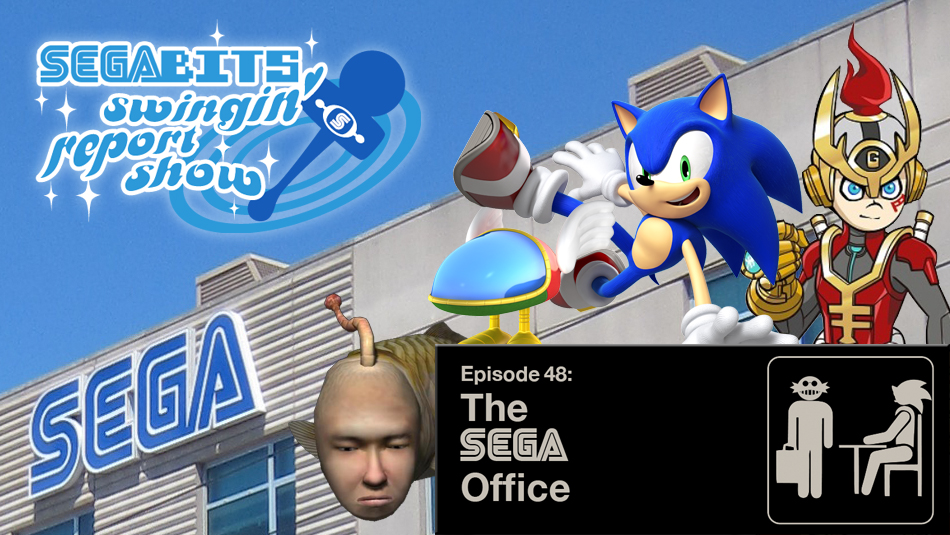
Does Nintendo own Sega?
Sega and Nintendo have a great relationship, but Nintendo does not own Sega. If you want to know more about Sega and Nintendo, you will want to keep reading.
When did Sega start making video games?
The first video game consoles to be developed by Sega were the SG-100 and the Master System. It all began back in 1984 when Sega executives David Rosen and Hayao Nakayama led a management buyout of the company with backing from the CSK Corporation.
When did Sega Genesis come out?
It all began back in 1984 when Sega executives David Rosen and Hayao Nakayama led a management buyout of the company with backing from the CSK Corporation. The problem was that Sega’s next release, the Sega Genesis, was not until 1988. When it did release though, it boosted Sega’s position in the market.
Did Nintendo ruin its relationship with Sega?
Throughout all of this though, Nintendo did not ruin its relationship with Sega. Because Nintendo was kind to Sega throughout their entire rivalry, Nintendo was able to make some very beneficial deals with them. They were able to secure the rights to have Sega games on the Wii U as well as on the 3DS and the Nintendo Switch.
Who sold Sega?
In 1969, Sega was sold to American conglomerate Gulf and Western Industries. Bromley and Stewart sold their shares, 80% of the company, for a total of US$10 million, while LeMaire retained his 20%. As a condition of the sale, Rosen was to remain CEO of the company until at least 1972.
Who is the head of Sega Enterprises?
With Sega Electronics, Inc. no longer in existence, Rosen and Nakayama hired Gene Lipkin to head the new division, Sega Enterprises USA, based in San Jose, California. Lipkin had previously worked for Atari and Exidy. Lipkin’s new sales team head, Tom Petit, had previously worked for Nintendo and Data East .

When did Sega start?
The history of Sega, a Japanese multinational video game developer and publisher, has roots tracing back to Standard Games in 1940 and Service Games of Japan in the 1950s.
What is Sega’s history?
The history of Sega, a Japanese multinational video game developer and publisher, has roots tracing back to Standard Games in 1940 and Service Games of Japan in the 1950s. The formation of the company known today as Sega is traced back to the founding of Nihon Goraku Bussan, which became known as Sega Enterprises, Ltd. following the acquisition of Rosen Enterprises in 1965. Originally an importer of coin-operated games to Japan and manufacturer of slot machines and jukeboxes, Sega began developing its own arcade games in 1966 with Periscope, which became a surprise success and led to more arcade machine development. In 1969, Gulf and Western Industries (then-owner of Paramount Pictures) bought Sega, which continued its arcade game business through the 1970s.
When did Sega start making arcade games?
Originally an importer of coin-operated games to Japan and manufacturer of slot machines and jukeboxes, Sega began developing its own arcade games in 1966 with Periscope, which became a surprise success and led to more arcade machine development.

What consoles did Sega fail to sell?
Sega had commercial failures in the second half of the decade with the 32X, Saturn, and Dreamcast, as the company’s market strategy changed and console newcomer Sony became dominant with the PlayStation, in addition to further competition from Nintendo.
When did Sega exit the console market?
Following five years of losses, Sega exited the console hardware market in 2001 and became a third-party developer and publisher. In 2001, Sega CEO and CSK chairman Isao Okawa died; his will forgave Sega’s debts to him and returned his stock to the company, which helped Sega endure the transition financially.
Who will Sega sell to?
On November 4, 2020, it was announced that SEGA SAMMY will sell 85.1% of Sega Entertainment, its arcade business, to Genda Inc. (an amusement equipment rental business) due to the effects of the COVID-19 pandemic on its arcade and amusement facilities businesses.

When was Sega Enterprises Inc. founded?
Sega Europe Ltd. was established in Europe, and in 1985 , Sega Enterprises Inc. was established in the United States. These regional subsidiaries served as a marketing base for amusement arcade machines. During 1985, Sega released Hang-On, the world’s first force feedback game.
What is Sega Sammy?
(also known as the Sega Sammy Group and generally Sega Sammy, stylized as SEGASammy) is a Japanese holding company formed from the merger of Sega and Sammy Corporation in 2004. Both companies are involved in the amusement industry (Sega with arcade and video games, Sammy with pachinko machines).
When was Sega Sammy founded?
The Sega Sammy logo used during the incorporation of the company. Main article: Sega § History. Sega was founded on June 3, 1960 by American businessman Martin Bromley. The company started to distribute slot machines to U.S. bases in Japan.

When did Sega start selling Hang On?
These regional subsidiaries served as a marketing base for amusement arcade machines. During 1985 , Sega released Hang-On, the world’s first force feedback game. Sega Enterprises was registered stock on over-the-counter (OTC) market. In 1988, Sega listed stock on the second section of Tokyo Stock Exchange.
What is the Sega Mega Drive?
Within this year, Sega released the Sega Mega Drive/Genesis, a 16-bit home video game platform that solidified Sega’s presence in the console market. During this year, Sega also launched the R-360, the world’s first amusement arcade cabinet could rotate 360 degrees in all directions.
When did Sega discontinue Dreamcast?
During this year, Sega released Phantasy Star Online, the first networked role-playing game (RPG) for home video game platforms. In 2001, Sega discontinued the Dreamcast and withdrew from the console hardware industry to become a third-party video game developer and publisher.

Is Sega a competitor to Nintendo?
To compete with Nintendo, Sega was more open to new types of games, but still tightly controlled the approval process for third-party games and charged high prices for cartridge manufacturing. American third-party publisher Electronic Arts (EA) sought a better deal, but had met resistance from Sega.
When did Sega start the Sega Channel?
In 1994 , Sega started the Sega Channel, a game distribution system using cable television services Time Warner Cable and TCI. Using a special peripheral, Genesis players could download a game from a library of fifty each month and demos for upcoming releases.
What is the Sega Genesis?
Sega Saturn. The Sega Genesis, known as the Mega Drive outside North America, is a 16-bit fourth-generation home video game console developed and sold by Sega. The Genesis was Sega’s third console and the successor to the Master System. Sega released it in 1988 in Japan as the Mega Drive, and in 1989 in North America as the Genesis.

When did Sega release the Mega Drive?
Sega released it in 1988 in Japan as the Mega Drive, and in 1989 in North America as the Genesis. In 1990, it was distributed as the Mega Drive by Virgin Mastertronic in Europe, Ozisoft in Australasia, and Tec Toy in Brazil. In South Korea, it was distributed by Samsung as the Super Gam*Boy and later the Super Aladdin Boy.
What network services does Sega use?
Sega created two network services to support the Genesis: Sega Meganet and Sega Channel . In Japan, the Mega Drive fared poorly against its two main competitors, Nintendo’s Super Famicom and NEC ‘s PC Engine, but it achieved considerable success in North America, Brazil, and Europe.
When did Mega Drive come out?
Launch. The European PAL version of the Mega Drive launched in 1990, later becoming the highest-selling fourth-gen console in Europe. Sega released the Mega Drive in Japan on October 29, 1988, though the launch was overshadowed by Nintendo’s release of Super Mario Bros. 3 a week earlier.

What was the Ninth Circuit ruling on Sega?
As a result of the appeal, the Ninth Circuit overturned the district court’s verdict and ruled that Accolade’s decompilation of the Sega software constituted fair use. The court’s written opinion followed on October 20, 1992, and noted that the use of the software was non-exploitative, although commercial.
Overview
The history of Sega, a Japanese multinational video gameand entertainment company, has roots tracing back to Standard Games in 1940 and Service Games of Japan in the 1950s. The formation of the company known today as Sega is traced back to the founding of Nihon Goraku Bussan , which became known as Sega Enterprises, Ltd. following the acquisition of Rosen Enterprise…
Company origins and arcade success (1940–1982)
Jewish-American businessman Irving Bromberg had been a major player in coin-op distribution since establishing the Irving Bromberg Company in New York in 1931. His son Marty, who changed his last name to Bromley, joined the business after graduating high school. They saw that the onset of World War II, and the consequent increase in the number of military personnel, would mean there w…
Entry into the home console market and arcade resurgence (1982–1989)
Despite Sega’s successes, Rosen was cautiously optimistic about the future in a December 1981 interview for Cashbox. He stated that he felt the growth of the industry was slowing and that expansion options were becoming more limited. He also spoke of Sega’s focus on their Convert-a-Pak program, which allowed for new games to be installed in existing arcade cabinets in a matter of minute…
Sega Genesis/Mega Drive and mainstream success (1989–1994)
Sega released the Master System’s successor, the Mega Drive, in Japan on October 29, 1988, though the launch was overshadowed by Nintendo’s release of Super Mario Bros. 3 a week earlier. Positive coverage from magazines Famitsuand Beep! helped to establish a following, but Sega only managed to ship 400,000 units in the first year. The Mega Drive was unable to overtake the ven…
Sega Saturn, falling console sales, and continued arcade success (1994–1999)
Development on Sega’s next video game console, the Sega Saturn, started over two years before the system was showcased at the Tokyo Toy Show in June 1994. The name “Saturn” was the system’s codename during development in Japan, but was chosen as the official product name. According to Kalinske, Sega of America “fought against the architecture of Saturn for quite some time…
Dreamcast and continuing struggles (1999–2001)
Despite taking massive losses on the Saturn, including a 75 percent drop in half-year profits just before the Japanese launch of the Dreamcast, Sega felt confident about its new system. The Dreamcast attracted significant interest and drew many pre-orders. Sega announced that Sonic Adventure, the next game starring company mascot Sonic the Hedgehog, would arrive in time for t…
Shift to third-party software development (2001–2003)
In 2000, Sega and CSK Corporation chairman Isao Okawa replaced Irimajiri as president of Sega. Irimajiri had been replaced as a result of Sega’s financial losses. Okawa had long advocated that Sega abandon the console business. His sentiments were not unique; Sega co-founder David Rosen had “always felt it was a bit of a folly for them to be limiting their potential to Sega hardware”, an…
Sammy takeover and business expansion (2003–2015)
Although talks of a merger had soured earlier, Sega and Sammy were able to resume discussions. In August 2003, Sammy bought the outstanding 22% of shares that CSK had, becoming Sega’s largest shareholder in the process. In the same year, Hajime Satomi, primary owner and president and CEO of Sammy, stated that Sega’s activity will focus on their profitable arcade business as opposed to their loss-incurring home software development sector. Satomi was determined to p…

